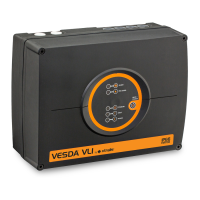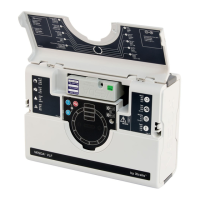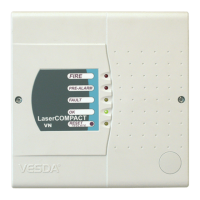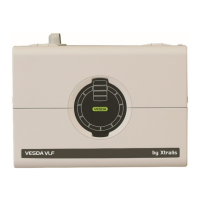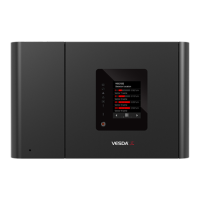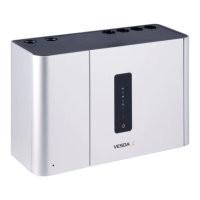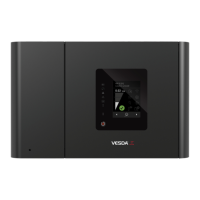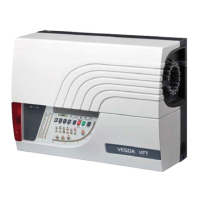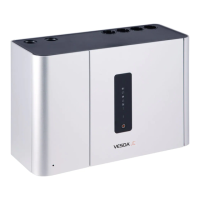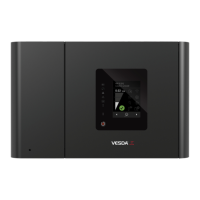VESDA by Xtralis VESDA PipeNetwork Design Guide
www.xtralis.com 7
3 Gather Site Information
As a first step it is essential to gather information about the site to be protected. For an existing site this may
include a site survey prior to designing a pipe network. Most of the information required for an effective pipe
network design can be determined by a site visit. For sites yet to be constructed or where a site visit is not
possible a site plan can be used to aid pipe design. The information required through a site survey includes:
l Site layout and measurements
l Regulatory requirements
l Air flow within the protected area
l The ambient conditions within the site
l The purpose for which the site is to be used
l Construction of the site (beams, beam pockets, and pipe obstructions)
l Likely influence of the external environment on the protected area
3.1 Site Layout and Measurements
Before designing can commence, a good knowledge of the site layout is necessary. A plan showing
measurements of the area to be protected assists with the planning of fire zones and VESDA Addresses (also
known as VESDA Zones). The site layout also shows areas designated for different uses and obstacles to
free flow of air (partitions, air curtains, etc.). Areas requiring special protection, and the location of plant,
machinery, equipment, cabinet layout, and the rack layout in warehouses, must be identified on the site plan.
3.2 Regulatory Requirements
The designer determines the local codes and standards that apply to the site. These need to be considered
when creating fire zones, VESDA Addresses (also known as VESDA Zones), and the pipe network design.
Note: Local codes and standards have precedence over any VESDA recommendations. Where the
parameters set by the VESDA product are not the same as those set by the local codes and
standards, the local codes and standards should be adopted.
3.3 Air Flow
While designing a pipe network you will need to determine the natural airflows in the area to be protected.
Allowances should be made for any existing or proposed mechanical ventilation systems, air curtains,
containment aisles, roller doors, or partitions that are likely to influence the free flow of air. If possible conduct
smoke tests to determine the air flow. The stability or fluctuation in air flow conditions need to be designed into
an effective pipe network design. The correct interpretation of air flows impacts on the ability of a pipe network
to detect at the earliest stages of a fire.
3.4 Ambient Conditions
Where possible the ambient conditions existing within the different areas of a site should be identified. It is
likely that conditions within a site will differ from one area to the next. The efficiency of the VESDA system is
dependent upon the accurate determination of the ambient conditions of the monitored area.
3.5 Purpose of the Site
The purpose of the site as well as the protected area need to be considered when designing a pipe network.
Typically a site may comprise of an office area, a warehouse, a factory, a computer room, and a cafeteria,
each requiring special consideration when designing a pipe network. Certain manufacturing and processing
areas may produce smoke, dust, steam, flame or heat. Allowances need to be made for these conditions in
the Pipe Network Design Guide.
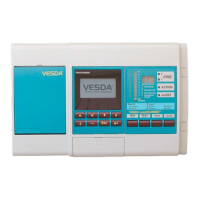
